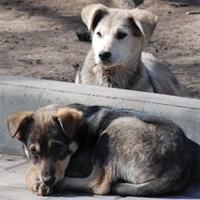It is without question that better animal protection laws are needed throughout the world. Every country has different definitions of humane care, and even the U.S. is still a work in progress to create a more humane space for the cats and dogs we share our nation with.
That said, it’s hard to imagine being an animal lover and living in Romania, where the…








